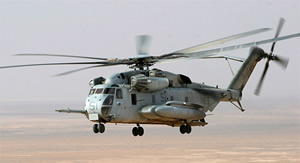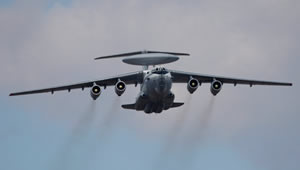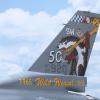- 0 replies
- 1,152 views
- Add Reply
- 3 replies
- 2,030 views
- Add Reply
- 0 replies
- 1,098 views
- Add Reply
- 0 replies
- 1,057 views
- Add Reply
- 14 replies
- 3,402 views
- Add Reply
- 5 replies
- 1,422 views
- Add Reply
Tactical Air Defense Submits Proposal to Purchase Military Aircraft

By Erik,


Tactical Air Defense Submits Proposal to Purchase Military Aircraft
CARSON CITY, Nev., Aug. 5 /PRNewswire-FirstCall/ -- Tactical Air Defense Services, Inc. (OTC Bulletin Board: TADF), an Aerospace/Defense Services contractor that offers air-combat training, aerial refueling, aircraft maintenance, disaster response services, and other Aerospace/Defense services to the United States and Foreign militaries and agencies, is pleased to announce that it has submitted a proposal for the pur
Sikorsky Challenges Navy Plan

By Erik,


Sikorsky Challenges Navy Plan To Buy Russian-Made Helicopters for Afghanistan
By EZRA R. SILK and ERIC GERSHON, esilk@courant.com -- 8:42 PM EDT, August 4, 2010
Sikorsky Aircraft has formally protested a Navy plan to buy the same Russian-made helicopters for military operations in Afghanistan that the Russians used there during the 1980s.
In a document filed with the federal government Tuesday, the Stratford-based helicopter company challenged the Navy's plan to acquire 21 add
Iran denied S-300 Air Defense System

By Erik,


The Belarusian government denied on Wednesday rumors that Minsk had allegedly sold S-300 air defense systems to Iran.
The Associated Press earlier cited the Iranian semi-official news agency Fars as saying that Iran had acquired two S-300PT (SA-10 Grumble) systems from Belarus and two more systems from an unidentified supplier. Iranian officials have not confirmed the fact so far.
"The State Military-Industrial Committee can officially state that Belarus has never held talks with I
Emergency Israeli landings in Romania

By Erik,


JERUSALEM (JTA) August 3, 2010 -- Two Israeli military helicopters made emergency landings in Romania following a technical failure.
The emergency landings Tuesday morning came a week after another Israeli helicopter crashed into the side of a mountain during a joint search-and-rescue military exercise, killing six Israeli soldiers and one Romanian soldier.
The helicopters forced to make emergency landings were returning to Israel from the 10-day exercise. They are being repaired a
Fire Destroys Russian Naval Base

By Erik,


Russian hellish fires completely destroyed naval base outside Moscow: 200 aircraft burnt down
The forest fire has destroyed a large Russian naval base outside Moscow. Its occurred on July 29, but became known only on August 3. A Russian news agency, Life News, was the first to report about the incident: according to its data, 200 aircraft with the value of about $ 670 million had been reduced to ashes outside Moscow.
The very base of 100 hectares was completely burnt down, the agency re
NORAD and Russia Joint Air Defense Drills

By Erik,


The North American Aerospace Defense Command (NORAD) and the Russian Air Force will hold their first-ever joint air defense exercise on August 8-11, NORAD said.
The exercise, dubbed VIGILANT EAGLE, involves Russian, Canadian and U.S. Air Force personnel operating from command centers at the Elmendorf airbase in Alaska, and in Khabarovsk, Russia.
"Airborne warning and control aircraft [AWACS E-3B and A-50] from Russia and the United States will be involved along with fighter-inter






